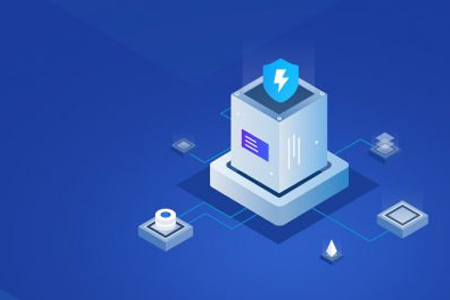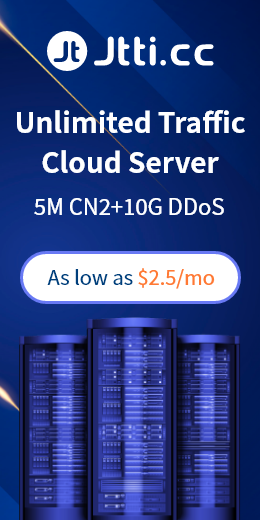Choosing to rent a Gigabit Ethernet server is a key decision, especially for applications or projects that need to process a large number of network traffic. The G -port server provides high -bandwidth connections, which can be used for various purposes, from website custody to video streaming and large -scale data transmission. When selecting a large bandwidth G port server, you need to consider multiple factors to ensure your needs.
1. traffic requirements and usage conditions
First, you need to determine the traffic requirements of your application or project. Consider the following factors:
Bandwidth requirements: Determine how much bandwidth you need to support your application. Different applications and projects require different bandwidths. For example, video streaming services require higher bandwidth to transmit high -definition videos.
Flow mode: Analyze your traffic mode to determine whether it is necessary to continue to be high or sudden. Some applications may go through a large number of access within a certain time, so larger bandwidths are required to handle these peaks.
Geographical distribution: If your audience is all over the world, you may need Glip -port servers worldwide to ensure low delayed access to users in different regions.
2. Server configuration
It is crucial to choose the appropriate server configuration. This includes hardware configuration such as processor, memory, storage, and network interface card (NIC). Make sure that the server configuration is strong enough to support your application and bandwidth needs. Consider the following factors:
Performance of the processor: Selecting the processor can handle high -bandwidth flow, especially when calculating and decrypting such as encryption and decryption.
Memory: enough memory helps to deal with large -scale data transmission and requests. Make sure that the server has enough memory to handle your workload.
Storage: Select appropriate storage configuration according to your data storage requirements. If large -scale storage is required, a high -capacity hard disk or solid -state drive (SSD) may be required.
Multiple NICs: Consider using multiple network interface cards to improve network throughput and redundancy. This is very important for high availability and load balance.
3. Network architecture and topology
Understanding your network architecture and topology is essential for choosing the correct G -port server. Consider the following factors:
Single server VS. Cluster: Determine whether you need a single large bandwidth server or a cluster composed of multiple servers. The cluster can provide higher availability and load balancing.
Load balancing: If you need to handle a large amount of flow, consider using a load balanner to distribute traffic to multiple servers. This helps improve performance and availability.
CDN (content distribution network): Use CDN to distribute content to the global edge nodes to reduce delays and increase access speed. Consider whether to integrate CDN services.
4. Data center location and availability
It is very important to choose the G -port server located on the reliable data center. Consider the following factors:
Geographical location: Choose a data center near your audience to reduce delay and increase access speed. If your audience is distributed worldwide, choosing multiple data centers can provide better global coverage.
Availability: Make sure that the data center is highly available and redundant. Check out its network architecture, power supply and physical security measures.

Bandwidth provider: Understand the bandwidth provider of the data center and the Internet export to ensure that there is sufficient bandwidth to use.
5. Security
Cyber security is very important, especially when dealing with a large amount of traffic. Make sure your G -port server is equipped with appropriate security measures, such as firewalls, invasion detection systems (IDS), DDOS protection, etc.
6. Cost
Finally, consider cost factor. Renting large bandwidth G port servers is usually more expensive, but you can choose appropriate configuration according to your needs and budgets. Compare the price and services of different providers to find the most suitable solutions.
To choose the appropriate large bandwidth G port server, you need to plan and consider carefully. Make sure you understand your application requirements, network architecture and security requirements in order to choose the best solution for you. Communicate with multiple service providers and require detailed configuration options and quotations to make wise choices.

 EN
EN
 CN
CN









